52 DEI Books Reviewed By Camille Lemieux
Camille Lemieux is going to review 52 DEI Books.

- Overall ranking: B-tier.
- A Quick read featuring a ready-to-use framework on inclusive leadership.
- The concept of a 'multiplier effect of inclusion' is not thoroughly explored enough.
- Useful for DEI practitioners seeking to build support for a new DEI program and for People managers who want a practical framework for behaving inclusively
- Inclusive leaders demonstrate 7 common behaviors.
- Challenge toward their own assumptions and inspire others to be open-minded
- Communication by being mindful and respectful of cultural differences
- Being a change agent by daring to create an environment that's different than what it's been
- Collaboration by getting a broad scope of ideas from a diverse range of people
- Giving credit to colleagues for their contributions
- Consistency in demonstrating these behaviors despite pressure and time constraints
- This framework is simple to explain and easy for most audiences to grasp, regardless of their interest in DEI
- Original Review
Highlight of the book:

- Overall ranking: S tier.
- DEI book review #2 is of two of Lily Zheng's books:
- DEI Deconstructed: Your No-Nonsense Guide to Doing the Work and Doing It Right (2022)
- Reconstructing DEI: A Practitioner’s Workbook (2023)
- No DEI book has every solution to every problem. But Zheng's books in combination do exactly what they set out to do: demystify the DEI industry, analyze its promises and common shortfalls, and provide tools to chart a course forward. Together, these books are fundamental for anyone involved in workplace DEI.
- Part 1 of the book examines typical DEI practices, presents a compelling history of DEI work in the U.S., and shares useful commentary about major DEI industry topics in recent years (e.g., performative allyship, and accountability)
- Part 2 begins with a dense theoretical chapter on power dynamics and the power we need to leverage to be successful in DEI work.
- Part 3 of the book discusses considerations for improving DEI practices, from creating a shared vision for DEI at work to implementing programs and engaging with external partners.
- The last chapter includes resources on achieving DEI goals and measuring outcomes.
- DEI practitioners or volunteers doing DEI work on a regular basis, at any experience level
- Executive leaders seeking direction for new or ongoing DEI initiatives
- Any work teams looking to enhance their DEI competencies and do their work in collaboration
- The book enables readers to deepen their knowledge about organizational DEI, while the sequel workbook Reconstructing DEI helps users to refine their skills and practice effective DEI work.
- The only people I might not recommend the book to are people who care about diversity, equity and inclusion but are seeking guidance beyond a corporate setting.
- Original Review
Who might like these books?

- Overall ranking: S tier.
- The author set out to share actionable frameworks for dismantling systemic racism in organizations. It's been one year since my first read-through, and I still revisit the book's examples and frameworks periodically for inspiration and re-focusing.
- Move from one-off events and rules toward systems change. The frameworks presented in the book are designed to promote more proactive, systemic actions to advance racial justice across a company.
-
1. A Model for assessing an organization's racial equity maturity to
prepare for meaningful action
- Level 1 maturity: The organization treats racism as only a compliance issue and is risk-averse or risk-intolerant when addressing racism.
- Level 2 maturity: The organization (especially Human Resources) intends to be inclusive might hesitate to address systemic racism or fail to clarify specific goals and actions to advance racial justice.
- Level 3 maturity: The organization has a strategy and tangible commitments to addressing systemic racism, and senior leadership champions this strategy.
- Level 4 maturity: The organization holds itself accountable internally and externally to its anti-racism strategy and commitments. Implementation is proactive.
- Why aren't all companies striving for Level 4? The author points out that "public and private accountability means there's nowhere to hide." Many companies do not want to risk publicly messing up along this journey and facing long-term repercussions.
- 2. The Four-Factor RACE Model
- After understanding where a company sits within the Racial
Equity Maturity Model, leaders can determine what steps they
want to take to address systemic racism
- Recognize the problem
- Analyze the impact
- Commit to action
- Empower for change
- After understanding where a company sits within the Racial
Equity Maturity Model, leaders can determine what steps they
want to take to address systemic racism
- The two frameworks presented are based on real work with clients, and it shows. The advice is practical in that it meets leaders wherever they are on their journey, responds to typical questions or objections by senior leaders starting this work, and challenges them to decide where to go next. Who might like this book?
- This book's purpose is to provide a framework for embedding antiracism into an organization.
- The primary audience is organizational leaders such as the CEO, CHRO, board members etc., especially white leaders. But anyone seeking more guidance for embedding antiracist practices into their work will get something out of this book.
- Original Review

- Overall Ranking - C Tier
- Review
- This book could be a valuable reference guide for approaches and tools to assess personal DEI competencies and conduct organizational benchmarking. However, its layout and writing style make for difficult reading.
- By trying to appeal to everyone, it fails to speak clearly enough to the audiences most likely to read it.
- Highlight
- A five-step process for using data to guide DEI work
- Dr. Pinkett illustrates a 5-step process for using data to
understand where we are now, what our priorities are, what best
practices are out there, what actions we'll take, and how we
will measure success.
- Use data to perform an assessment that establishes a profile and baseline.
- Establish objectives with clearly defined goals.
- Leverage promising and proven practices based on research, science, and/or the experience of expert practitioners.
- Develop with clearly defined measures.
- Use data to gauge progress, evaluate results, demonstrate impact, and engender accountability.
- The five-step process is a fantastic introduction to ways we can all incorporate evidence into regular decision-making.
- Personal DEI assessment
- A reflection process to self-assess and clarify our identity, mission/purpose, vision, beliefs, and values about DEI.
- The author is committed to helping the reader make educated choices about what they are assessing and why they've chosen those specific aspects to assess and improve.
- A list of personal assessment tools available (some free, some not), explanations of the concepts that some assessments measure, and the rating/scoring methodologies.
- The book is often too technical to be marketed to a broad audience. The actionable advice is usually packaged as a series of frameworks with their own acronyms, stages, and concepts to learn.
- Organizational DEI assessment
- Taken on their own, the organizational DEI sections of the book are easier to process and implement than the personal DEI sections.
- DEI assessment sections in the book include helpful recommendations and examples that make it easy to learn how to start and implement a data-informed DEI strategy.
- The author recommends using DEI scorecards and dashboards to track progress toward DEI goals.
- If the book had been solely focused on the organizational recommendations, it would have made for a more cohesive narrative.
- Who might like this book?
- The book's purpose is to explain effective and efficient ways to achieve personal or organizational DEI goals through data use.
- This book is best for DEI practitioners and senior executives searching for valid and reliable tools to assess DEI initiatives.
- Original Review

- Overall Ranking - B Tier
- Review
- In Transgender Inclusion, Dr. A. C. Fowlkes shares data and personal insights about being transgender in a work environment that's not designed with transgender inclusivity in mind.
- Many readers will finish the book with more knowledge and motivation to advocate for processes and policies that better support transgender colleagues and potential hires.
- Highlight
- Social, medical, and legal transitioning
- The author demonstrates the diversity within the transgender community and presents the three most common forms of transition: social, medical, and legal transition.
- Transgender-inclusive workplaces
- Across the employee life cycle, transgender people often face unique challenges compared to others in the LGBTQ+ community.
- In the 2015 U.S. Transgender Survey, 15% of respondents reported being verbally harassed, physically attacked, or sexually assaulted at work due to their gender identity.
- Below are some recommendations from the book for cultivating
inclusion for employers and coworkers:
- Offer affirming and proactive policies.
- Provide educational opportunities.
- Encourage ownership of respectful behavior.
- Social, medical, and legal transitioning
- Additional Thoughts
- This book is packed with actionable tips and information. However, a few aspects prevent it from being a top-tier recommendation.
- Repetition: Some content, including recommended tips, information on transitioning, and survey data, appeared multiple times. Certain topics could have been explored more thoroughly instead.
- Non-Binary Experiences: The book doesn’t explore transgender and non-binary intersectionality in depth beyond transition examples, so more information on non-binary experiences would have been appreciated.
- International Experiences: While the book focuses on the United States, it would be valuable to learn about transgender individuals' workplace experiences in other regions.
- Citation: Some studies are mentioned, such as the U.S. Transgender Survey, but no citations or references are provided.
- Who Might Like This Book?
- HR professionals and recruiters
- DEI practitioners
- This book is for anyone interested in learning more about the
transgender experience in the U.S. workplace. For example:
- If you've ever thought, "I keep forgetting to use the correct pronouns for my coworker during meetings and can never seem to get it right!" or
- "I don't understand what being transgender has to do with the workplace," this book is for you.
- Original Review
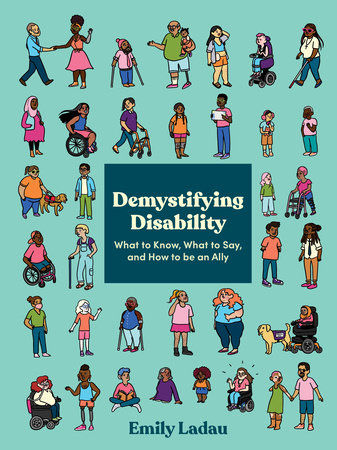
- Overall Ranking - B Tier
- Review
- This book introduces the disability community through the perspective of disability rights activist Emily Ladau.
- If you're uncertain about discussing disability or being an ally to disabled individuals, this book provides a practical starting point for your journey.
- Highlight
- Disability 101
- The author and interviewees from the disability community share varied ways of conceptualizing disability, including:
- A natural and evolving part of being human
- A physical or mental condition that limits major life activity
- An oppression of difference
- Individual life circumstances mean that even those with similar diagnoses have unique experiences, emphasizing flexibility as a core value.
- The book also provides a brief overview of:
- The U.S. Disability Rights Movement
- Ableism and accessibility
- Disability portrayal in media
- Disability etiquette tips for all ages
- The author and interviewees from the disability community share varied ways of conceptualizing disability, including:
- Intersectional Identities
- The book highlights how people with multiple marginalized identities experience compounded biases, particularly in disability contexts.
- There are practical tips for educating others about disability, though most examples focus on visible disabilities, potentially due to the prevalence of visibly disrespectful behaviors.
- There could have been more examples demonstrating allyship for individuals with non-visible disabilities.
- Disability 101
- Stray Thoughts
- This book is not an exhaustive exploration of disability but rather a broad overview of essential topics for non-disabled readers with limited knowledge of disability issues.
- While more depth or additional interviews might have enhanced the book’s value for DEI professionals, its introductory nature encourages readers to seek more knowledge.
- Who Might Like This Book?
- Anyone unfamiliar with disability inclusion or the disability rights movement will benefit most from this book.
- Ideal for book clubs—short, accessible, requiring no prior knowledge, and sparking discussion on the stories shared within.
- Original Review

- Overall Ranking: A tier
-
Review:
This is a must-read for DEI practitioners and executives implementing a global DEI program. Featuring a plethora of real-life examples, frameworks, and templates, the book will help readers refine and reflect on their DEI work across the globe.
-
Highlight:
Five principles for global DEI practice
Through this book, Rohini Anand reflects on her 30+ year global DEI journey and presents five principles she learned for creating and sustaining a global DEI program with local implementation.
In this review, I've modified the wording of these principles to make them a bit more descriptive than the original names:
-
Localize the global DEI strategy:
In addition to having a global DEI strategy in place, strive to localize the strategy in each country. This process involves listening and asking key questions to local change agents (e.g., local HR managers, employee resource group members) about their priorities, the cultural context and associated power dynamics, and barriers to advancing DEI. The goal of this principle is to first look for entry points and approaches to gain buy-in for DEI and to embed DEI practices. Once you have these foundations, you can localize the strategy's actual implementation.
-
Guide leaders to be change agents:
To become change agents, leaders often go on their own transformative process to gain the "energy, skill, resilience, and emotional intelligence" required to advocate for DEI and enable change. Executives and/or DEI leaders should support organizational leaders in understanding how DEI adds value to the company and society.
-
Define rationales for change:
Besides defining global change rationales like a moral case, business case, or legal case for DEI outcomes, it's vital to work across regions to make DEI relevant to each location's culture and context. The author dedicates a small section to discussing broad historical narratives around DEI and ways she enhanced buy-in within the U.S., North Africa and West Asia, Sub-Saharan Africa, Europe, Asia, and Latin America.
-
Embed and sustain DEI across systems:
To help embed DEI across locations and business areas, Dr. Anand recommends engaging colleagues across seniority levels to be champions and allies of DEI work. In addition to sharing how DEI was embedded at her previous employer, Dr. Anand shares general advice about the role and expectations of DEI champions, keeping sustainability and ample recognition in mind. Many readers will find the chapter about embedding DEI across the employee lifecycle particularly valuable.
-
Measure what matters:
The chapters dedicated to measurement and accountability provide a nice introduction to types of metrics that can be useful in the DEI space, examples of how she's used metrics in her work, and some notes on legal regulations related to data collection globally. It's not an in-depth discussion, as these topics could cover a full book on their own.
-
Localize the global DEI strategy:
-
Real-world examples:
One of the most helpful features of this book is the quantity of examples of DEI work across the globe. Many stories illustrate how the author, her colleagues, and peers navigated implementing DEI in many regions. The chapters occasionally included some hyper-specific examples of DEI implementation that made me crave more information about how the specific cases or situations were navigated.
Is every country in the world represented in this book? No, but the examples are useful for illustrating nuances and adaptations required to implement impactful and long-lasting global DEI work.
-
Additional thoughts:
- I'd love to see reflection exercises for DEI practitioners or executives implementing the DEI principles in this book.
- Over time I hope we see more DEI conversations where regions outside the United States are the focus.
- While there's a bit of information about implementing global data collection practices, I don't think someone new to the work will finish reading and feel confident about this aspect of the job. If our industry can distribute more examples of globally distributed DEI surveys or other information-gathering instruments, we'd all improve our efforts.
-
Who might like this book?
DEI practitioners, team leaders, and human resource professionals who work in cross-cultural teams will get the most out of this book.
- Original Review

- Overall Ranking: A tier
-
Review:
Whether you are starting an employee resource group (ERG) or have a long-established ERG program, you'll find something tangible to implement from this book. While it doesn't have every answer to every question about ERGs, it is one of the most comprehensive ERG texts available and a practical guide.
-
Highlight:
The value of ERGs:
- ERGs are some of the most rewarding opportunities to be in community with others—these groups offer the ONLY space in an organization where someone in a marginalized group feels like they have the agency to show up as themselves in the workplace instead of masking or minimizing some aspect(s) of their identity.
- ERGs have a unique potential to push an organization through its DEIA "tipping points."
- Through workshops, trainings, and events, ERGs can increase trust, understanding, and ideally more involvement from people who do not identify as community members.
- It's not an ERG's responsibility to educate colleagues on DEIA topics in the 21st century. But if or when ERGs choose to provide programming for non-community members, leadership should participate, reward, and recognize these efforts to encourage and sustain motivation.
-
Moving through DEIA "tipping points":
Author Farzana Nayani presents a Trifecta of Organizational Change to help understand what can spur and sustain a movement. Specifically, a movement gains momentum when at least two groups of stakeholders call for change: leadership, employees (including ERGs), and the public. When all three groups of stakeholders are actively involved in a movement and communicate with one another effectively, meaningful change is likely to occur.
This model connects well to an idea of DEIA tipping points, or critical thresholds, for change. ERGs in particular have the power to begin an organizational transformation that might otherwise never get off the ground. For example, calls for a more equitable performance review process may be made by individuals periodically, but ERGs sharing with senior leadership how the current review process negatively impacts community members might be the spark needed to move the needle.
-
The line between opportunity and burden:
Over the course of the book, the author weaves together stories from her work with ERGs to share ways of structuring and resourcing ERGs appropriately. Striking a balance between these two states begins with forming an ERG. Farzana Nayani presents detailed guidelines for steps to form and operate an ERG so that there's a clear purpose, enough stakeholders involved, defined processes, feasible plans for activities, and defined priorities.
-
Lingering questions about ERGs:
- What are examples of structures and setups of ERGs in various industries? I'm very interested in different 'models' of ERGs according to available resources, the number of employees, and the regional spread of a company.
- How can more globally dispersed ERGs manage language barriers?
- What are companies doing to measure the success of ERGs outside of event attendance, membership numbers, promotion, and retention? How are companies linking ERG participation to measures of inclusion, for example?
-
Who might like this book?
Anyone leading or supporting an ERG will get the most out of this book.
- Original Review
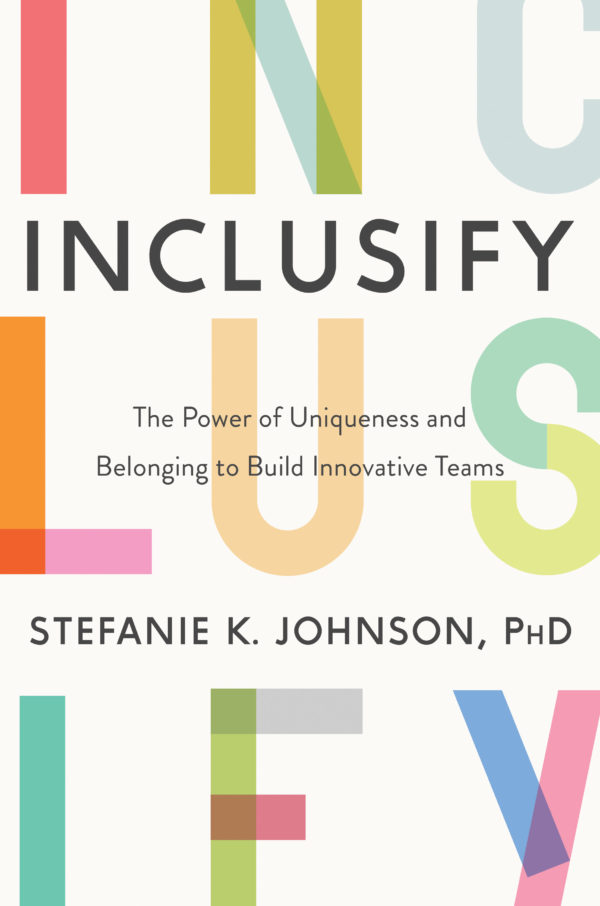
- Review 1
- Review 2
- Review 3
- Original Review

- Review 1
- Review 2
- Review 3
- Original Review

- Review 1
- Review 2
- Review 3
- Original Review
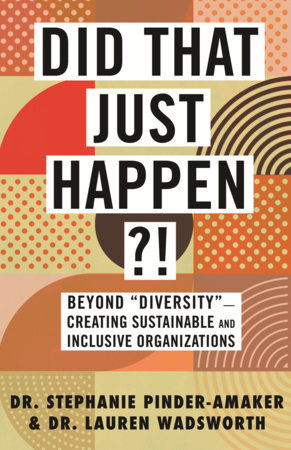
- Review 1
- Review 2
- Review 3
- Original Review

- Review 1
- Review 2
- Review 3
- Original Review

- Review 1
- Review 2
- Review 3
- Original Review

- Review 1
- Review 2
- Review 3
- Original Review

- Review 1
- Review 2
- Review 3
- Original Review

- Review 1
- Review 2
- Review 3
- Original Review

- Review 1
- Review 2
- Review 3
- Original Review

- Review 1
- Review 2
- Review 3
- Original Review

- Review 1
- Review 2
- Review 3
- Original Review

- Review 1
- Review 2
- Review 3
- Original Review
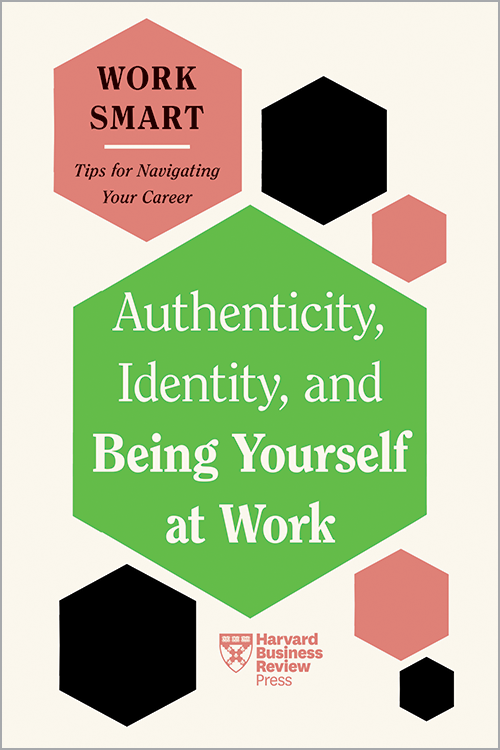
- Review 1
- Review 2
- Review 3
- Original Review

- Review 1
- Review 2
- Review 3
- Original Review
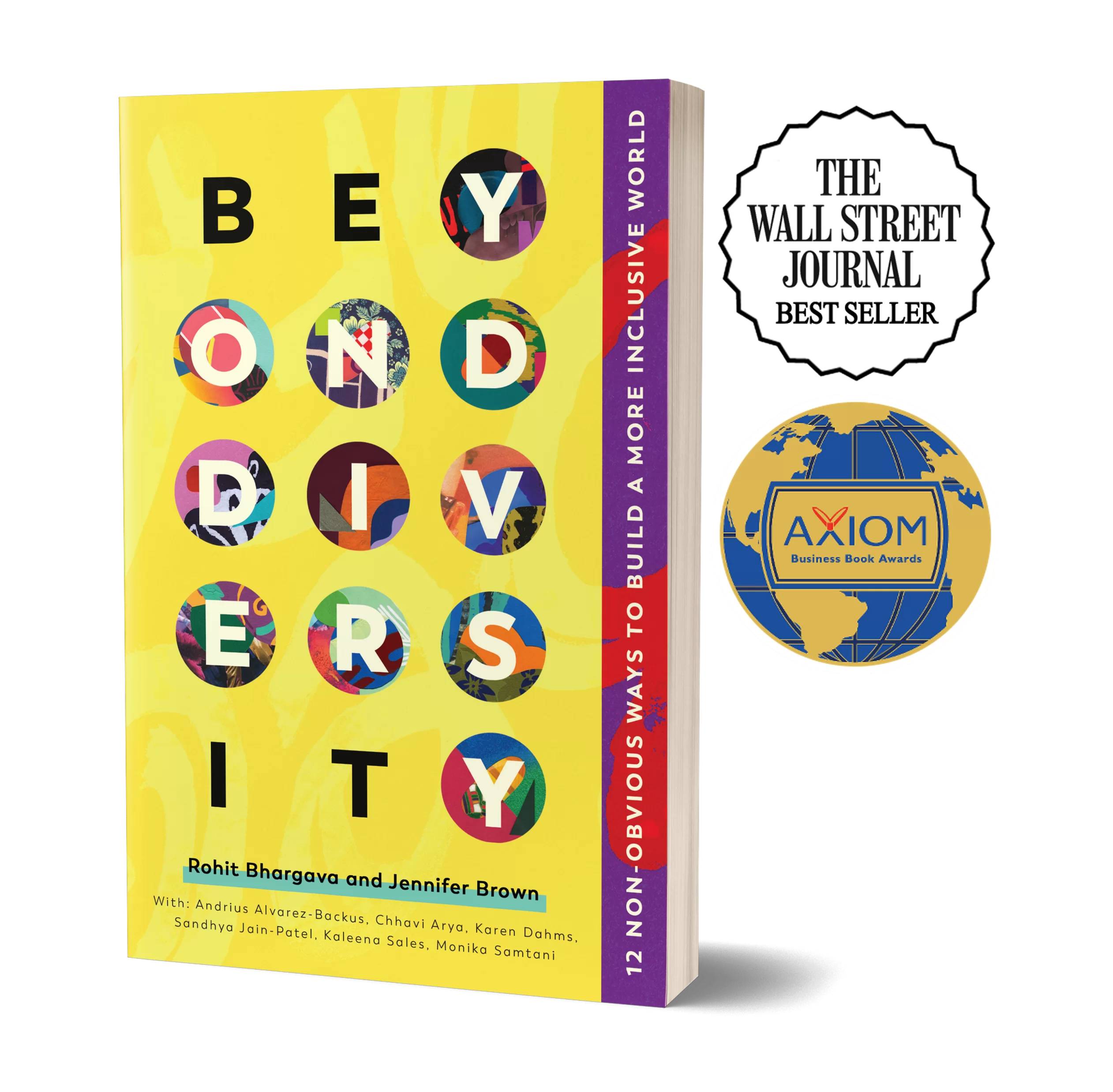
- Review 1
- Review 2
- Review 3
- Original Review

- Review 1
- Review 2
- Review 3
- Original Review

- Review 1
- Review 2
- Review 3
- Original Review

- Review 1
- Review 2
- Review 3
- Original Review

- Review 1
- Review 2
- Review 3
- Original Review

- Review 1
- Review 2
- Review 3
- Original Review
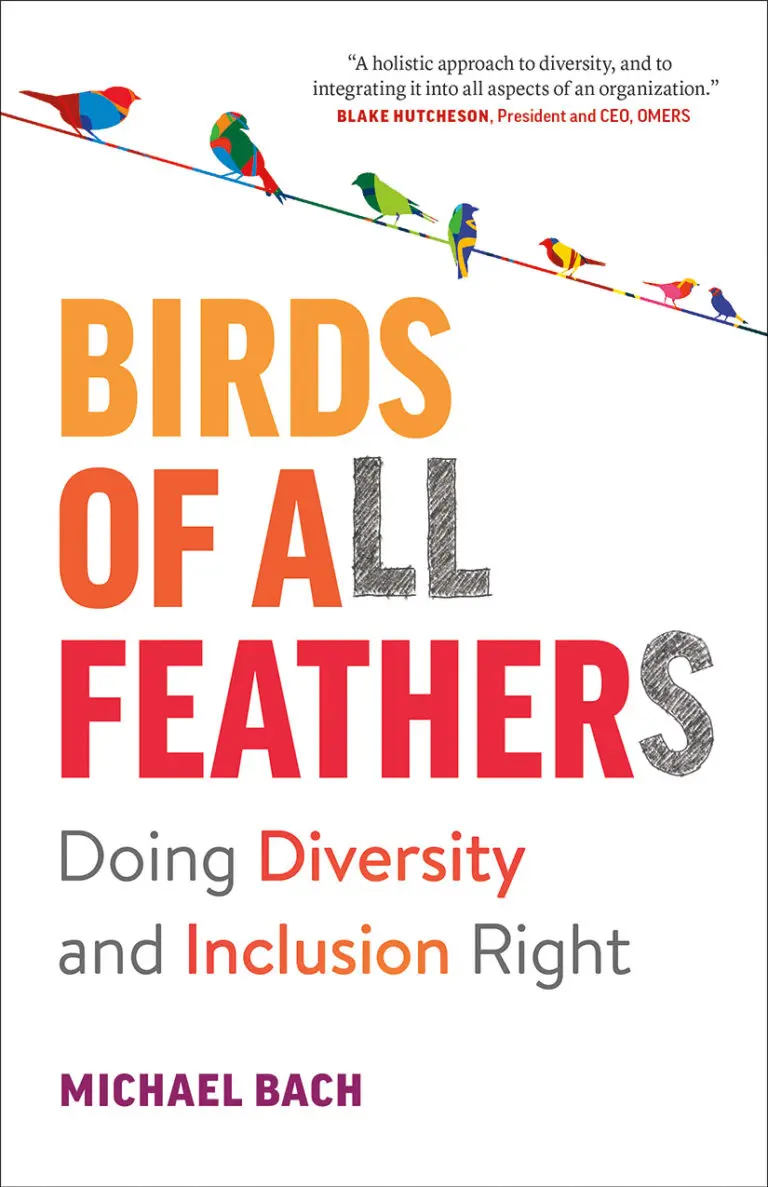
- Review 1
- Review 2
- Review 3
- Original Review

- Review 1
- Review 2
- Review 3
- Original Review
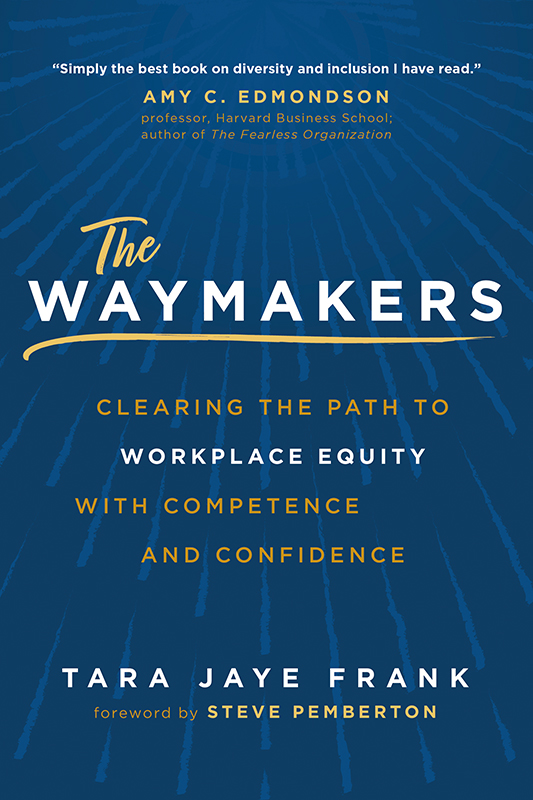
- Review 1
- Review 2
- Review 3
- Original Review

- Review 1
- Review 2
- Review 3
- Original Review

- Review 1
- Review 2
- Review 3
- Original Review

- Review 1
- Review 2
- Review 3
- Original Review

- Review 1
- Review 2
- Review 3
- Original Review

- Review 1
- Review 2
- Review 3
- Original Review
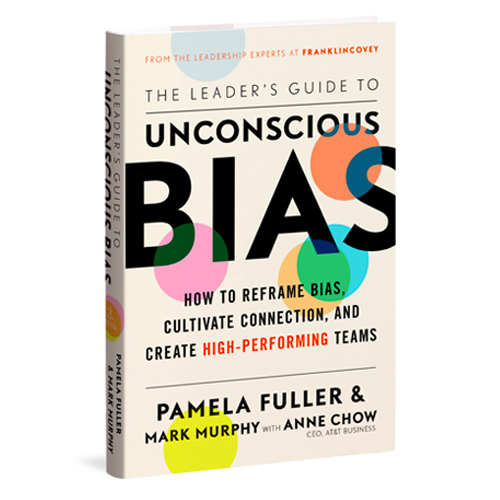
- Review 1
- Review 2
- Review 3
- Original Review

- Review 1
- Review 2
- Review 3
- Original Review

- Review 1
- Review 2
- Review 3
- Original Review

- Review 1
- Review 2
- Review 3
- Original Review
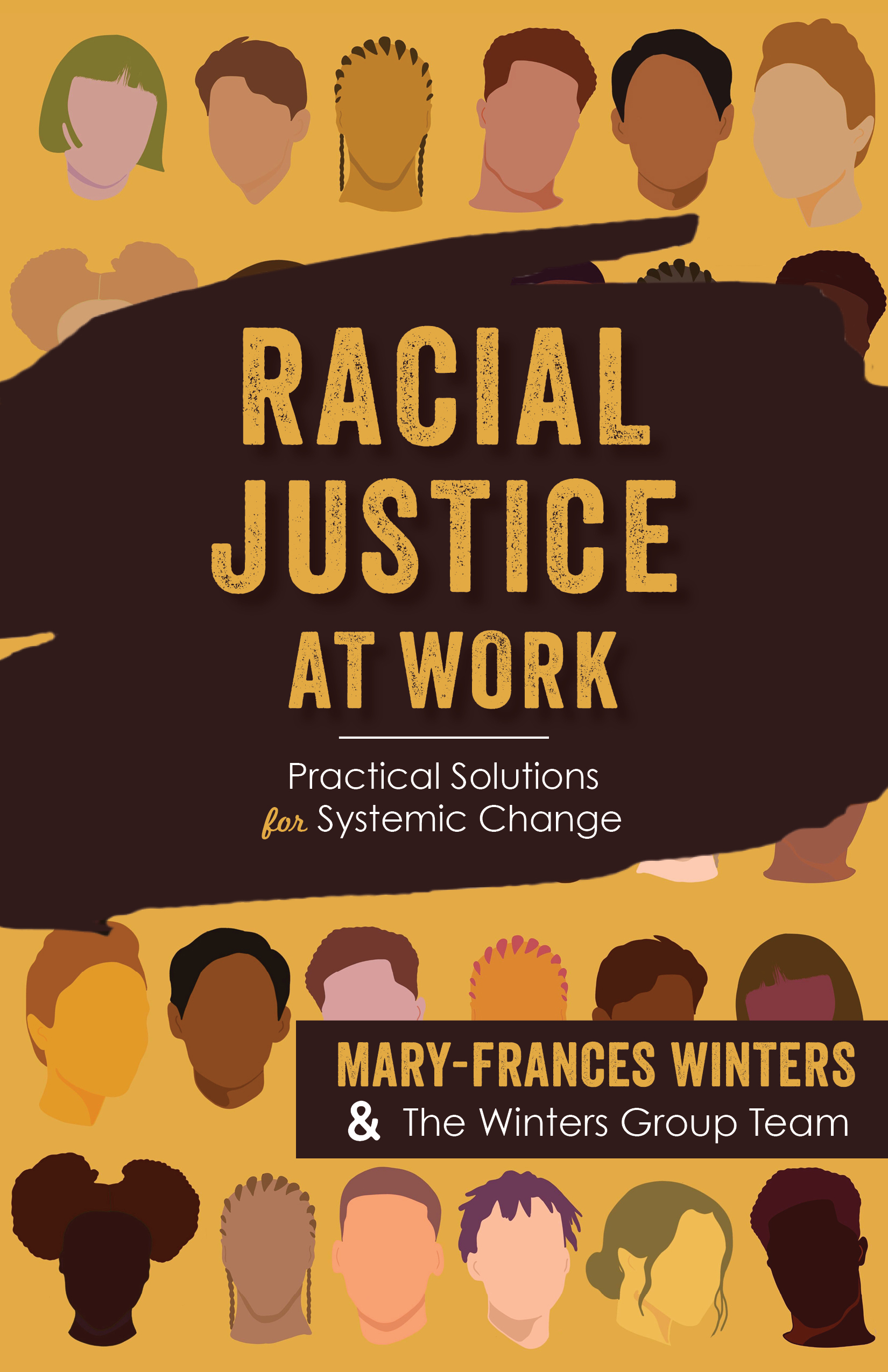
- Review 1
- Review 2
- Review 3
- Original Review
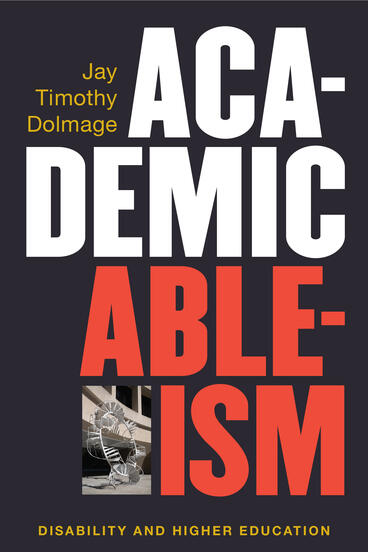
- Review 1
- Review 2
- Review 3
- Original Review

- Review 1
- Review 2
- Review 3
- Original Review
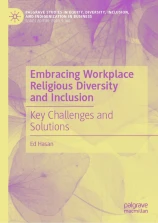
- Review 1
- Review 2
- Review 3
- Original Review

- Review 1
- Review 2
- Review 3
- Original Review

- Review 1
- Review 2
- Review 3
- Original Review

- Review 1
- Review 2
- Review 3
- Original Review

- Review 1
- Review 2
- Review 3
- Original Review

- Review 1
- Review 2
- Review 3
- Original Review
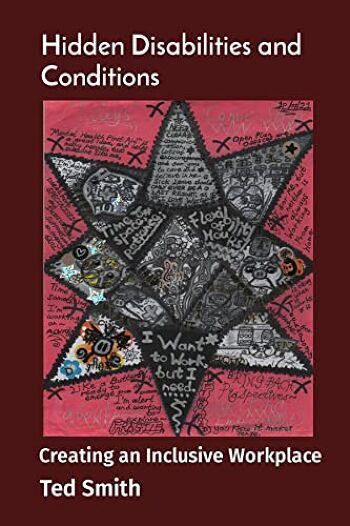
- Review 1
- Review 2
- Review 3
- Original Review